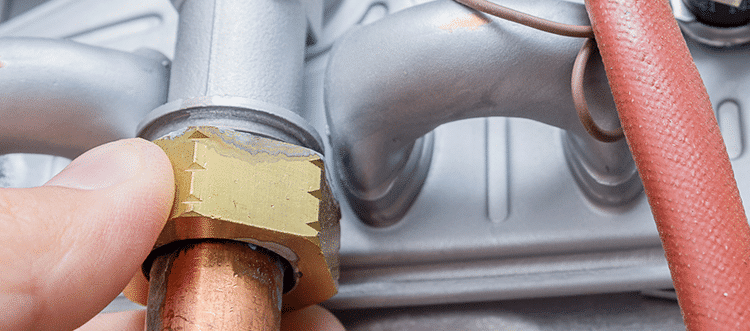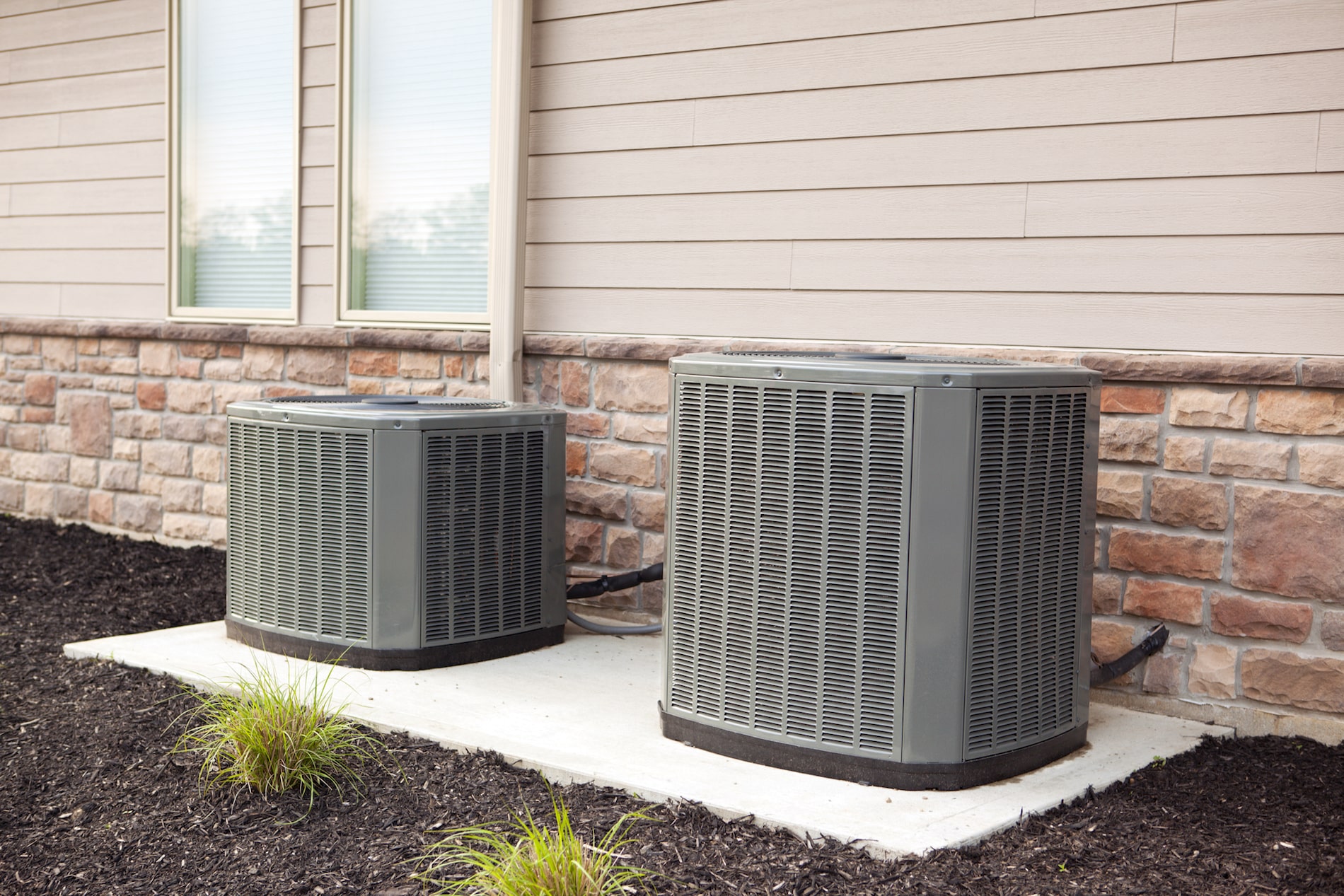
Furnace Repair: DIY or Hire a Company?
Just look at what happened in early February, when weather in the Atlanta GA region swung from 70 and sunny back to snow flurries in just a few days.
Try living without a furnace, whether it be a heat pump or gas furnace, in these conditions, and you’re begging for chills and unhappiness — even in the mild winters of Atlanta GA. It is just as painful as dealing with a busted air conditioning unit in the midst of a sweltering summer.
These types of weather conditions can stretch your HVAC system to the limits, as temperatures and moisture in the atmosphere swing wildly from warm to freezing, forcing your heating/cooling system unit to turn off and turn on with regularity, while your thermostat seesaws right alongside the temperatures.
If these sudden changes are playing havoc with your furnace, and your house’s heating is struggling to keep up, then it is imperative you get in touch with a reliable furnace repairman to service your heating unit today. Or you could start troubleshooting the heating problems on your own and see if you can save yourself a phone call or service visit from a heating/air conditioning technician.
If you decide to head the do-it-yourself route of furnace repair or service then you need to educate yourself first. Because your heating/air system is intricate, and you could do massive damage to it — and yourself — if you do not know what you’re doing.
If you still want to continue with your own furnace repair, let’s start with the basics:
In the case of heating system maintenance, your problems may be caused by these common issues:
-
- A tripped breaker
-
- A clogged furnace filter
-
- A bad igniter
-
- A faulty flame sensor
-
- A misfiring high-limit switch
You may repair or service each of these parts rather simply, though we highly-recommend that you read up on your heating service manual in order to determine exactly where each is located within your furnace. Most heating system service manuals may be found easily online.
If you have ever removed the cover of your furnace in order to perform service you will see that the inside is a maze of wires, valves and sensors, and it is vitally important you know exactly where each of these possible issues is located.
And before you start ANY repair attempts make sure:
You know your furnace model and serial number – These are printed on side panels in the burner area.
You shut off the furnace’s power source – Each heating system has a power cutoff switch inside the blower compartment. But, just to be safe, you’ll also want to turn off the overall furnace power switch on the side of the unit, as well as turning off the breakers to the entire unit.
Once you have achieved these two aspects, you may move on to service/repair options.
Start with the simplest service/repair functions first:
-
- Power – Did the furnace cutoff switch accidentally get knocked off before you began addressing your heating system?
-
- Filter – The heating filter restricts air flow to the heat exchanger. If the filter is clogged it will signal the furnace system computer to shut off the burners in order to keep it from overheating and creating serious problems.
If neither of these service options present east service/repair answers, you’re ready for the next steps in the system: checking your heating igniter, flame sensor and high-limit switch.
The heating system’s igniter and flame sensor usually require replacement every four to five years and cost roughly $50 apiece – though you’ll need the heating system’s model and serial number to ensure you get the absolute right part and successfully complete your repair/service work.
The igniter and flame sensor are located inside a sealed combustion chamber and are rarely visible. Make sure to consult your heating system service manual in order to properly determine their location. The high-limit switch is usually located underneath the combustion chamber.
There are also some possible issues that most definitely require professional furnace service/repair help.
If your heating system’s inducer fan or gas valve — assuming you have a gas furnace — need replacing you will want to call a professional repair/service technician. The inducer fan is a small fan that pulls air through the furnace’s heat exchanger and sends it to the outside through a vent pipe. Service of this piece requires special sealants to ensure it will not leak carbon monoxide. A new gas furnace valve, meanwhile, requires a calibration service to suit your home’s gas pressure and heating system specifications. If you get this service attempt wrong, you could burn up your heat exchanger, fill it with soot, and run up your gas furnace bill – all possibly at the same time.
If you have a heat pump, you do not have to worry about the gas valve, but the inducer fan will still require professional service.
So, if you find yourself in need of heating expertise and service, now is not the time to wait. Furnace repair is just a phone call away, provided you know the right service company.
Conditioned Air Systems has provided service to homes throughout the Atlanta GA area for almost four decades, and our heating and air conditioning technicians have repaired, installed and serviced heating and cooling units of all shapes, sizes and ages. Whether you need us to fix your heat pump, air conditioning, ductwork or anything to do with your HVAC unit, we are here for you.
Our 24-hour emergency line is open to all clients in order to provide a satisfaction guarantee no matter when you need it. And our NATE-certified and highly trained heating/air technicians are more than happy to come and fix your heating/air problems when you need us.
Simply contact us today at 770-536-7509 and let us get to work on your heating/cooling and put you back on the road to full comfort and a satisfaction guarantee.
Your Trusted HVAC Experts for Home Comfort and Efficiency

